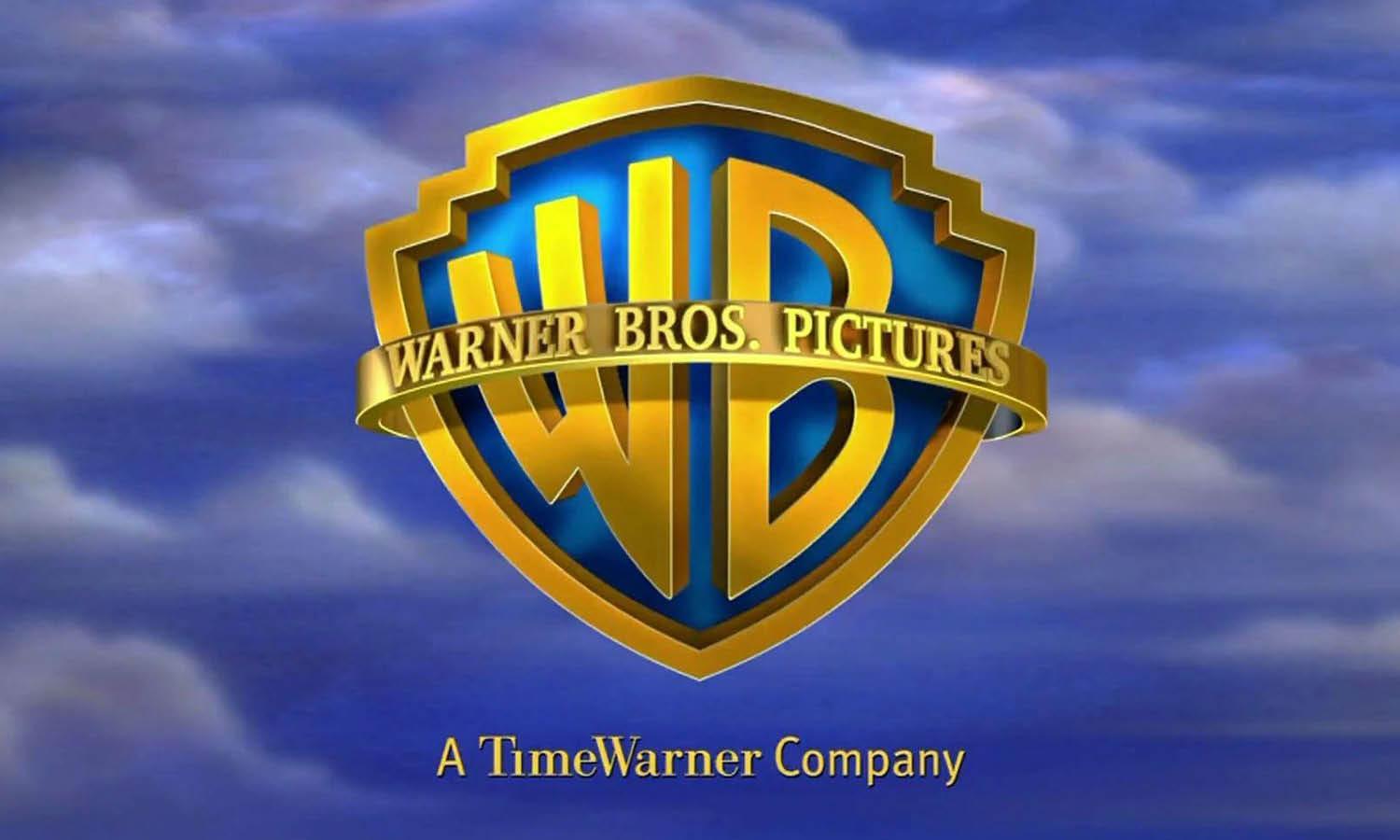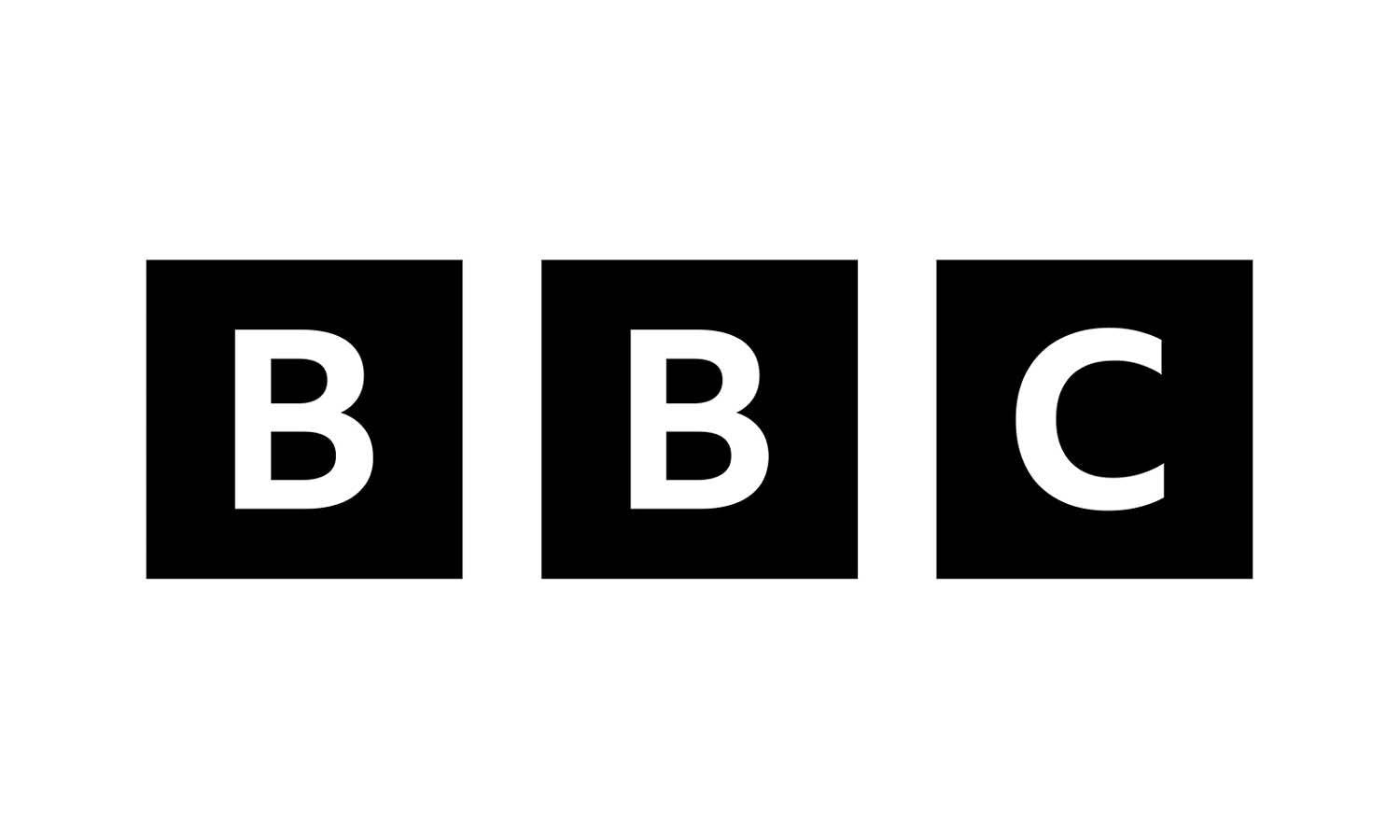Nintendo Logo Design: History & Evolution

Image Courtesy: Nintendo
Ah, Nintendo. Just the name itself probably evokes waves of nostalgia. Remember when you first laid eyes on that iconic emblem while eagerly tearing open your latest game? It's more than just a logo; it's a symbol of countless childhood memories, legendary gaming moments, and innovations that transformed the gaming industry.
The evolution of the Nintendo logo design is not only a testament to the brand's adaptability but also a reflection of the eras it has weathered and the gaming milestones it has set. Graphic designers, like us, can learn a ton from delving into the story behind this iconic insignia. Whether you're a seasoned designer or someone who just appreciates a good logo when you see one, join us on this pixelated trip down memory lane. We're about to unpack the captivating journey of the Nintendo logo design, from its humble beginnings to the dynamic symbol it is today. Ready player one? Let’s dive in!
Nintendo Logo Design History
1889 - 1950
Long before Nintendo made waves in the video gaming world, they were a modest card game company. The Nintendo logo design from this era reflects the aesthetic preferences and functionality of the time. The original Nintendo logo featured a horizontally stretched rectangle in a light cream shade with two narrow red triangles placed in its upper corners. It was a design that caught the eye with its simple yet bright insignia.
Complementing this shape were bold blue Japanese lettering, placed carefully along the bottom line of the badge. This first Nintendo logo design was strategically placed directly on the card packs, a smart move that aligned with the branding needs of the time.
What's so interesting about this phase of the Nintendo logo design is its simplicity, yet apparent attention to detail. The light cream shade combined with red triangles gave a cultural touch, and the blue lettering seemed to symbolize trustworthiness and tradition.
There's a lesson here in how simplicity can resonate with the audience. The Nintendo logo design of this period didn't try to do too much but still maintained an appealing aesthetic. It stands as a reminder that sometimes, less can indeed be more. A straightforward emblem, reflecting both the company's roots and its ambitions, set the stage for the innovation and transformation that would come in later years.

Image Courtesy: Nintendo
1950 - 1960
The 1950s marked a pivotal change in the Nintendo logo design. With the redesign of 1950, Nintendo introduced a new monochrome badge to the brand. This era saw the logo adorned with a black Spades emblem, placed strategically above the wordmark, which this time was written in English.
The bold Spades symbol was complemented by a light gray triangular pattern, and within the emblem was a double circle with the stylized lowercase "N" on it, placed right in the middle. This innovative Nintendo logo design conveyed a sense of sophistication and modernity.
For those of us in the graphic design field, the 1950's Nintendo logo design reflects the creative trend of the era while also showcasing a brand's adaptability. This logo reimagining shifted the entire visual identity, aligning Nintendo with the broader Western market while maintaining a sleek and stylish appearance. The introduction of the English wordmark hinted at a global aspiration, a sign of things to come for the company.

Image Courtesy: Nintendo
1960 - 1964
With the dawn of the 1960s, Nintendo's visual identity took a turn towards elegance. Starting in 1960, the brand began using a simple cursive logotype as the sole element of its visual identity. This Nintendo logo design featured an elegant and sleek inscription in black, with some letter lines elongated and gracefully curved.
This was a departure from the more rigid designs of the past, reflecting a softer and more fluid identity. The cursive typeface gave the logo a playful and artistic touch, perhaps signaling a shift towards the entertainment industry where Nintendo would eventually make its mark.
This era's Nintendo logo design speaks to the importance of adaptability in branding. It's a testament to how a logo can encapsulate a company's direction and ethos at any given time. From a graphic designer's perspective, it's an inspirational example of how a company can shift its visual identity to resonate with the changing times.

Image Courtesy: Nintendo
1964 - 1965
A brief but significant phase in the visual evolution of Nintendo happened in 1964. The Nintendo logo design was redesigned once again, now displaying a white stylized inscription placed on a scarlet red background. The title case inscription had all the letters connected on their bottom line, creating a seamless visual flow.
The bold red color in this Nintendo logo design signifies passion and excitement, an allusion to the thrilling gaming experiences the company would soon offer. The connected letters, on the other hand, may symbolize unity and coherence, qualities essential to Nintendo's brand identity.
This logo emphasizes the significance of color and form in creating a visual connection with the audience. It's an excellent example of how a company's visual identity must not only reflect its history but also pave the way for the future. The 1964-1965 Nintendo logo design beautifully captures this delicate balance, encapsulating the brand's values while setting the stage for its forthcoming dominance in the gaming industry.

Image Courtesy: Nintendo
1964 - 1967
Nintendo's visual identity kept transforming during the 1960s, a decade filled with stylistic experiments. In 1964, the Nintendo logo design showcased a bold italicized logotype in a rounded Sans-serif typeface, written in solid black. What's intriguing about this particular design is how the rounded corners of the massive letters added a delicate and chic touch.
This Nintendo logo design, with its rounded edges and heavy yet soft appearance, indicated a new direction in aesthetics. The bold italicized letters seemed to echo a sense of dynamism and excitement, reflecting the brand's growing emphasis on entertainment. The chic appearance also hinted at sophistication, something that would become more prominent as the brand evolved.
The 1964-1967 Nintendo logo design period provides insights into how subtle changes, like the rounded corners, can significantly impact a logo's appeal. It's a lesson in balance, crafting a logo that's both powerful and elegant.

Image Courtesy: Nintendo
1965 - 1967
The period between 1965 and 1967 saw the introduction of another version of the Nintendo logotype. This Nintendo logo design was marked by its minimalist and laconic appearance, featuring lettering in all capitals of a traditional Sans-serif typeface. What made it distinctive was the ample space between the symbols, making the wordmark look simple yet stable and professional.
This phase of Nintendo logo design exemplified how even a minor tweak could refresh a brand's visual identity. The space between the letters, coupled with the all-capitalized typography, gave the logo a contemporary, confident feel. The minimalist approach conveyed an image of a brand that was straightforward and focused, a trait that resonates with Nintendo's commitment to quality.
This era in Nintendo logo design teaches us the importance of spacing and typeface choice in establishing brand identity. It's a masterclass in how minimalism can create a lasting impression.

Image Courtesy: Nintendo
1966 - 1970
The late 1960s marked another significant change in Nintendo's visual journey. The logo introduced in 1966 was a stylized monogram enclosed in a thin circular frame. Perhaps most iconic was the red and white color palette of the logo, which soon became one of the brand's key signifiers.
The Nintendo logo design during this period signaled a shift towards a more iconic and easily recognizable image. The red and white combination not only added visual appeal but also reflected energy, passion, and innovation.
This phase of Nintendo logo design is a fascinating example for graphic designers of how color choices can become part of a brand's core identity. It's also a lesson in the power of simplicity and how a well-chosen emblem can resonate with a vast audience.

Image Courtesy: Nintendo
1967 - 1975
The redesign of 1967 brought forth a Nintendo logotype that looks strikingly similar to the one we recognize today. It featured a bold inscription with the first "N" capitalized, executed in an extra-bold Sans-serif typeface with square shapes and straight cuts.
This Nintendo logo design marked a return to a more structured and robust visual identity. The strong lines, clear cut shapes, and prominent "N" all hinted at a company that was ready to assert its place in the industry.
We can glean inspiration from this era in Nintendo logo design, as it serves as a testament to timeless design principles. The typography's boldness, simplicity, and coherence make this logo a perfect example of a design that not only reflects the company's era but also possesses the adaptability to endure and remain relevant for decades to come.

Image Courtesy: Nintendo
1968 - 1970
The latter part of the 1960s marked yet another exciting chapter in the history of the Nintendo logo design. In 1968, the wordmark was placed on a white hexagonal badge, encased in a distinct red outline. Notably, the shade of red used in this version was slightly brighter and more delightful than in the previous iteration, giving the whole image a more passionate and vivid appearance.
This Nintendo logo design is a vibrant study in how simple geometric shapes and color can transform a brand's identity. The red hexagon added an engaging layer of depth, while the white interior kept the design clean and focused. The brighter red shade enlivened the overall composition, injecting a sense of joy and enthusiasm.
We can appreciate this era of Nintendo logo design for its brilliant utilization of geometry and color theory. It stands as a testament to how a well-thought-out alteration in shape and hue can breathe new life into a familiar symbol, making it more contemporary and emotionally resonant.

Image Courtesy: Nintendo
1970 - 1975
The start of the new decade in 1970 brought further evolution to the Nintendo logo design. The hexagonal frame was replaced with a narrow and rounded one, without changing the color palette. This subtle shift in geometry added elegance and lightness to the composition, beautifully balancing the massive square figures of the lettering.
This phase in Nintendo logo design underscores the art of refinement and fine-tuning. The new rounded frame softened the appearance, creating a harmony between the strong, square letters and the graceful, curved border. The persistent red and white theme remained consistent, preserving brand recognition while allowing for aesthetic growth.
This period in Nintendo logo design offers a profound lesson in nuanced adjustments. It exemplifies how small changes can have a large impact on visual perception and highlights the importance of balance and proportion in design.

Image Courtesy: Nintendo
1968 - 1979
During 1968 to 1979, the Nintendo logo design featured a rounded monochrome inscription arranged in two levels. The top level showcased "Nintendo," enlarged and bold, while the bottom level displayed "Company" in smaller and more rounded letters.
This Nintendo logo design added hierarchy to the logo's typography, creating a distinct visual rhythm. The rounded letters provided a softer touch, enhancing the logo's accessibility, while the enlarged top level emphasized the brand name.
We can find inspiration in this Nintendo logo design for its skillful use of type arrangement and contrast. It offers insights into how to create engaging typography through variations in size, weight, and form.

Image Courtesy: Nintendo
1973 - 1975
In 1973, Nintendo introduced the logotype in Japanese, marking only the second non-English version of the badge in the company's history. This monochrome inscription with bold lines and rounded angles showcased an appealing balance of strength and grace.
This Nintendo logo design signifies an important cultural touchstone for the brand, highlighting its Japanese roots. The bold lines expressed confidence, while the rounded angles added a friendly touch, making the logo relatable on both a local and global scale.
We can learn from this phase of Nintendo logo design by examining how it integrates cultural identity with universal design principles. It’s a brilliant example of how a logo can connect with its roots and yet maintain an appealing and timeless appearance.

Image Courtesy: Nintendo
1975 - Present
The late 1970s brought a significant milestone to Nintendo's visual branding journey. In 1976, the Nintendo logo design was refined and written in black. Executed in a title case using a modern Sans-serif typeface, the logo featured clean contours of the letters with bold and confident lines. This monochrome version still resonates with the brand and continues to be in use today.
This iteration of the Nintendo logo design is a shining example of simplicity at its finest. The choice of black gave it a classic and timeless quality, while the clean lines and shapes conveyed a sense of modernity. The bold lines provided a feeling of robustness and confidence, and the sleek typeface gave the logo an approachable and contemporary feel.
This stage of Nintendo logo design emphasizes the power of understatement and the timelessness of monochrome. It's a testament to the idea that even in a world where logos are continually evolving, a well-designed, minimalistic logo can stand the test of time.

Image Courtesy: Nintendo
1977 - 1983
In 1977, the Nintendo logo design experienced another transformation, as the logotype was placed into a horizontally stretched rectangular frame with rounded angles. Similar to the version from 1970, but with thinner letters and a stricter color palette, it introduced a new layer of sophistication.
This era of Nintendo logo design demonstrated how shape and typography can work together to create a sense of harmony. The thin letters within the rounded rectangular frame provided a delightful contrast, offering a look that was simultaneously firm yet graceful.
This phase of Nintendo logo design provides valuable insights into the subtle interplay of form, line, and color. It reminds us that a delicate balance between these elements can create an enduring visual identity.

Image Courtesy: Nintendo
1983 - 2008
1983 marked a turning point in Nintendo logo design, as the monochrome palette was replaced by the iconic red and white. This color shift made the logo more remarkable and memorable. The perfectly balanced inscription added a sense of stability and confidence, while the smooth frame evoked a light and tender feeling.
This phase epitomizes how color can redefine a brand's image. The red and white not only enlivened the design but also infused it with energy and passion. The smooth, balanced typography emphasized stability, while the rounded frame added a touch of elegance.
This period of Nintendo logo design illustrates the profound effect that color can have on a brand's perception. It serves as a lesson in how thoughtful color selection can lead to an iconic and unforgettable design.

Image Courtesy: Nintendo
2006 - 2016
A fresh update to the Nintendo logo design came in 2006 with the introduction of a new color palette: light-gray on white. This subtle combination projected a sense of professionalism and stability, evoking feelings of reliability and the company's loyalty to its customers.
This phase of Nintendo logo design represents a subtle shift in visual identity, reflecting a mature and steadfast brand. The light-gray coloration on the white background imparted a serene and sophisticated appearance, conveying a message of trust and continuity.
The 2006-2016 era of Nintendo logo design is a lesson in how subtle changes in color can communicate deeper brand values. It's an exploration of how color, even in its most understated form, can resonate with audiences and reinforce a brand's commitment to quality and trust.

Image Courtesy: Nintendo
2016 - Present
The redesign in 2016 marked a fascinating chapter in Nintendo logo design. A blast from the past with a twist, it brought back the iconic red and white color palette but reversed the elements. Now the sleek white lettering within a white frame is placed on a scarlet red horizontal rectangle, presenting a look that's both stylish and confident, progressive and fresh.
The decision to reverse the color scheme in this latest Nintendo logo design was not merely aesthetic. It symbolized a company that is always moving forward, willing to take bold steps, and adapt to the changing times, yet maintaining its core identity. The red in the design isn't just lively and energetic; it's a nod to Nintendo's rich heritage, while the clean white lettering reflects clarity, purity, and modernity.
In a world where graphic design trends come and go, Nintendo's logo design from 2016 to the present stands out as a timeless and elegant reminder that creativity doesn't always mean abandoning the past. Instead, it can mean reimagining and building upon it, aligning a brand's rich history with its future, and connecting with both new and loyal audiences alike. This period of Nintendo logo design is indeed a fascinating example of how classic and contemporary can coexist, creating something uniquely captivating.

Image Courtesy: Nintendo
Analysis: Nintendo Logo Design Evolution
Nintendo's journey through the years is not just a tale of video game innovation; it's a remarkable story of visual identity transformation. As we delve into the analysis of Nintendo logo design evolution, it becomes evident that the brand has managed to strike an elegant balance between tradition and modernity. From its early days with simplistic designs to its contemporary sleek visuals, Nintendo's logo design has been a fascinating evolution that mirrors the brand's growth and innovation. Here's an exploration of five key points that illustrate the subtlety and intelligence behind the evolution of the Nintendo logo design.
Embracing Simplicity
The Nintendo logo design started with minimalistic elements, such as the horizontal rectangle with Japanese lettering or the monochrome badge of the 1950s. This simplicity became a foundation that allowed for recognizable and adaptable design changes throughout the years.
The Power of Color
From the early use of light cream and red to the iconic red and white combination, Nintendo has masterfully utilized color to convey energy, passion, and modernity. The hues chosen are not just visually appealing but resonate with the brand's playful and dynamic nature.
Typography Evolution
Over the decades, Nintendo's logo typography has seen shifts from cursive and bold italicized typefaces to more rounded and modern Sans-serif fonts. The typefaces chosen have each time embodied the era's design trend while keeping a timeless appeal that connects with the audience.
Adaptation and Reimagining
Nintendo's logo design evolution shows a willingness to adapt and reimagine. Whether it's the reintroduction of red and white in 2016 or the various adaptations of geometrical shapes, the brand has successfully navigated change without losing its essence.
Cultural Resonance
The brand's adaptation of Japanese characters and later the English wordmark underlines a careful consideration of cultural resonance. The logo design reflects not only the company's origins but also its global reach and understanding of different market sensibilities.
The Nintendo logo design evolution is a masterclass in branding and design, reflecting a history rich in creativity, adaptability, and understanding of visual communication. Its changes over the years offer valuable insights into how to keep a brand fresh and relevant without losing its core identity. It's a timeless example for graphic designers, revealing that innovation in design isn't always about complete reinvention but about understanding the brand's heart and expressing it through thoughtful and beautiful design.

Image Source: https://www.instagram.com/nintendo_jp/ | Image Courtesy: Nintendo
The Philosophy & Meaning Behind Nintendo Logo Design
The brilliance of Nintendo's brand isn't just in its groundbreaking games and devices; it also lies in the philosophy and meaning encapsulated within the Nintendo logo design. To those outside the design field, a logo may simply be an attractive piece of imagery, but for those of us who dwell in the world of design, we know there's a profound story behind these visual elements. Let's unravel the five significant philosophical aspects that make the Nintendo logo design not just an emblem but an embodiment of the brand's identity.
Playfulness & Joy
The Nintendo logo design often integrates bright and engaging color schemes like red and white. These colors are more than just a visual choice; they reflect the brand's dedication to bringing joy and excitement to its customers. Red evokes passion and energy, aligning perfectly with Nintendo's playful nature.
Elegance in Simplicity
Nintendo has always had a flair for embracing simplicity. Whether it's the minimalist wordmark or the elegant use of geometric shapes, Nintendo's logo showcases a belief that less can indeed be more. This minimalist approach aligns with the user-friendly and accessible nature of the company's products.
Adaptability & Innovation
Much like the evolution of the company's gaming consoles, the Nintendo logo design has transformed over time. These adaptations symbolize the brand's commitment to innovation and its ability to evolve with technological advancements and market trends without losing its core essence.
Global Reach with Cultural Roots
Nintendo’s logo evolution includes both English and Japanese versions, reflecting a global outlook while preserving its cultural heritage. It's a fine example of how a brand can resonate on a worldwide scale without abandoning its origins and values.
Trust & Reliability
The consistent use of certain elements, such as specific typefaces or color schemes, has created a familiar and dependable image. The Nintendo logo design conveys a sense of stability, assuring customers of quality and reinforcing the company's position as a trusted leader in the industry.
In dissecting the Nintendo logo design, we uncover a meticulous blend of philosophy and artistic expression. It’s a visual narrative that conveys Nintendo's vision and mission through subtle design cues. From the joyous embrace of colors to the elegant simplicity and the balance between global appeal and cultural respect, the logo mirrors the company's philosophy. As graphic designers, we can draw inspiration from this mastery, recognizing that great design is not merely about aesthetic appeal but about encapsulating the very soul of a brand in visual form.

Image Source: https://www.instagram.com/nintendo_jp/ | Image Courtesy: Nintendo
What Can We Learn from Nintendo Logo Design?
When we take a deeper look at the history and evolution of the Nintendo logo design, there's a treasure trove of insights waiting to be uncovered. Whether you're a seasoned designer or just starting in the field, studying well-crafted logos like Nintendo's offers more than just visual appreciation. It opens up a pathway to understanding the thought process, creativity, and strategic thinking that goes into effective logo design. So, grab your designer's notebook, as we uncover five key lessons that the Nintendo logo design has to teach us.
Embracing Change Without Losing Identity
Nintendo's logo has seen significant transformations over the decades. However, each redesign has carefully preserved elements that reflect the brand's core values. The lesson here is that it's entirely possible to modernize and evolve without losing the brand's identity and heritage. A careful study of the Nintendo logo design evolution offers insights into balancing change with continuity.
Effective Use of Color
Nintendo’s choice of colors, particularly the iconic red and white, hasn't been mere coincidence. It's a carefully chosen palette that represents energy, passion, and joy, aligning perfectly with the brand's persona. The takeaway? Colors can communicate emotions and values, so choose them with intention and understanding.
Simplicity Can Speak Volumes
One of the standout aspects of Nintendo logo design is its minimalist approach. It teaches us that even simple designs can have a substantial impact when executed with precision and purpose. Stripping away unnecessary elements can lead to a more focused and powerful message.
Cultural Sensitivity & Global Appeal
The presence of both English and Japanese versions of Nintendo's logo reveals a company that's mindful of its cultural roots while also seeking to connect with a global audience. This shows the importance of being culturally sensitive in design, something that can foster deeper connections with diverse audiences.
Consistency Builds Trust
Even as the Nintendo logo design evolved, certain elements remained consistent. This has helped in building trust and making the brand recognizable. Consistency in design doesn't mean stagnation; it's about maintaining key elements that people associate with your brand. It's a lesson in how to evolve creatively without confusing or alienating your audience.
The Nintendo logo design is not just an emblem; it's a masterclass in how to translate brand philosophy into visual form. From embracing change to strategic color choices, minimalist elegance, cultural sensitivity, and the power of consistency, there's much to glean from this iconic design. It's a reminder that the best logos aren't just pretty pictures but are crafted with thought, purpose, and a deep understanding of the brand they represent. Whether you're designing for a global giant or a local startup, these lessons from the Nintendo logo design can guide you towards creating logos that are not only visually appealing but also strategically sound and emotionally resonant.
Conclusion
In wrapping up our exploration of the Nintendo logo design, it's clear that this iconic emblem stands as a beacon of thoughtful and strategic design. The blend of simplicity, color mastery, and the ability to evolve while maintaining brand integrity offers vital lessons for graphic designers at all levels. Whether you're looking to revamp a logo or starting from scratch, the insights drawn from Nintendo logo design can serve as a valuable guide. Remember, a logo is more than just a visual; it's the face of a brand, and taking cues from industry leaders like Nintendo can set you on the path to success.
Let Us Know What You Think!
These fantastic logo design articles are written and curated by Kreafolk's team. We hope you enjoy our information and remember to leave us a comment below. Cheers!
















Leave a Comment